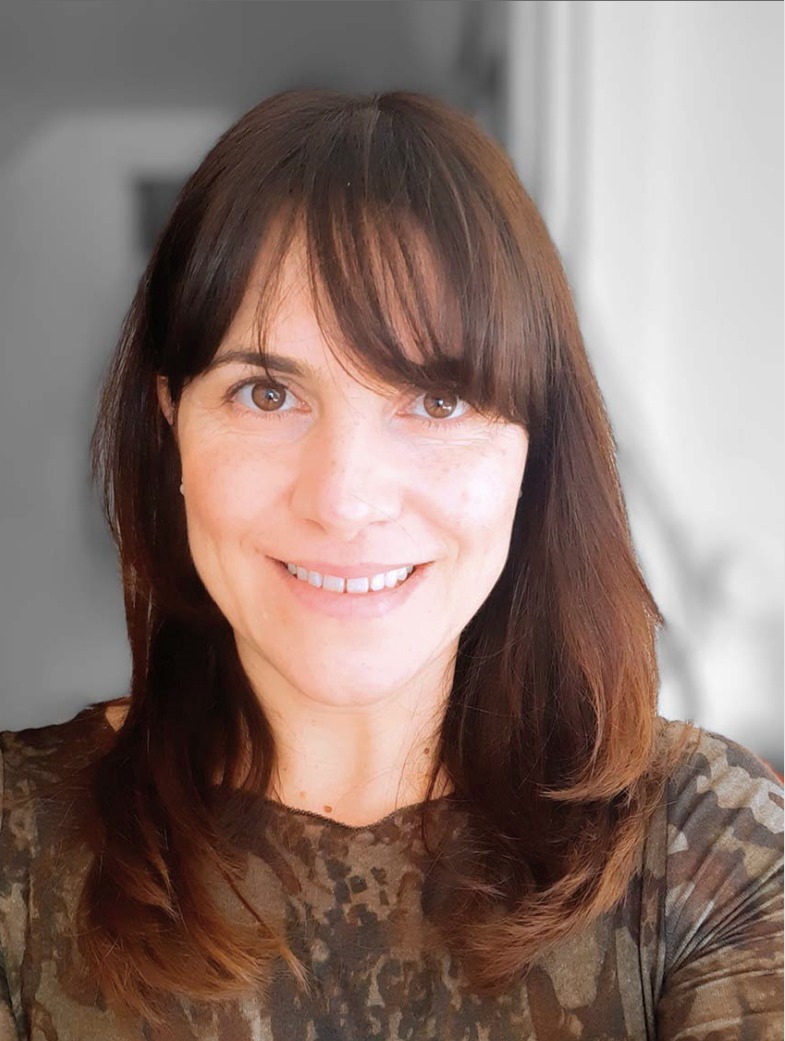Ancient times meets immersive technology

3D rendering, AR, VR, projections and computer game technologies are some aids that can completely change the way we experience archaeology and cultural heritage. With the help of technology, we can accompany excavations but also get the history of people and objects told to us in a new and engaging way.
In and around Lund, work is underway where many actors work together to create something new and exciting for those interested in history to experience. These include the municipality of Lund, Uppåkra Archaeological Center, Drotten Church Ruins, archaeologists from the Lund University Digital Archaeology Laboratory (DARKLab) and osteologists, persons from Humanities Laboratory, designers, storytelling specialists, game designers and historians who come together to share their expertise to move the field forward.
- I have started by creating the conditions for us to work together, so that different experts from different fields of knowledge can move towards the same goal. We all want to create new ways to engage in archaeology and cultural heritage,” says Paola Derudas. She is a specialist in 3D visualization and semantics at Department of Archaeology and member of the DARKLab.

The Faculty of Arts was also supported to do a case study to define a collaborative model.
- It is amazing to see how different experts with different perspectives together can support creative ways to develop innovative projects (Read more about Innovation by Production). The collaboration model we used can come in handy in many other projects, Paola Derudas continues.
Recently Paola Derudas had a meeting with Mårten Mizra at Lund Municipality about a collaboration on events commemorating the Battle of Lund in 1676, continues Paola Derudas.
- We will combine technology of archaeology with innovation to provide a chance for more engagement and immersion in archaeology and cultural heritage.
In addition, the archaeologists are already working with Lund Municipality through Drottens church ruins. The remains of the church were excavated during the 1980s.
- PhD student Blair Nolan re-analyzed all the material for his dissertation in osteology. This has led to the identification of details of care and disabilities in the Middle Ages. With the new information and immersive technology, we can tell about this in a new way. Among other things, we have created a demo of a computer game in the environment.
In Uppåkra, an exciting project is underway with Täkklebo Embroidery Academy Uppåkra's story is embroidered on a “tapestry”, which is 50 cm high and 14.2 meters long. The society contacted Uppåkra Archaeological Centre who has also helped to select suitable events connected to the Uppåkra site, from the time it was a settlement during the Iron Age to the present day.
- We discuss how we can merge their work with ours and create stories based on what is embroidered, says Paola Derudas. It would be nice to combine the embroidery with 3D printed artifacts with integrated DPP technology, so that by scanning the objects one can get stories about the objects directly in the mobile.
In the portfolio, Future by Lund has also worked with animators in Kosovo, who have created experiences through storytelling. projection and lighting on facades of heritage buildings. There are thoughts of trying something similar in Lund. Another possible collaboration concerns how to make accessible an inaccessible excavation in Kosovo by making a 3D representation of the site and some objects - and Lund has all the tools and infrastructure needed to work with this.

